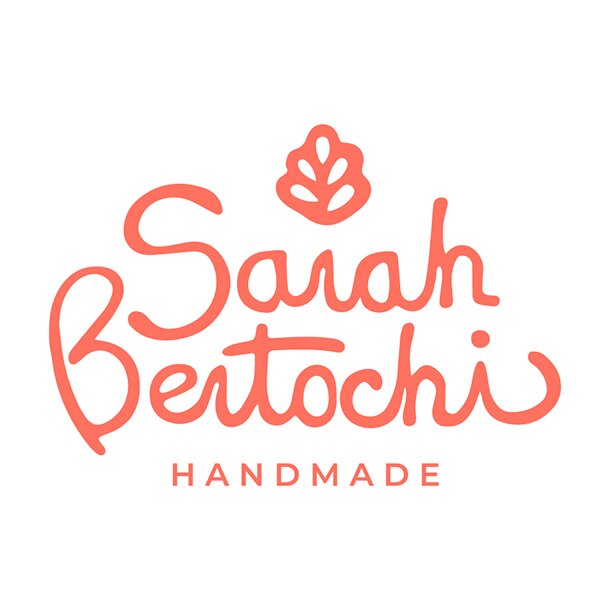News - Feature Article in CANVAS REBEL Magazine
This article originally appeared on CANVAS REBEL February 20,2025. Read the full article HERE
We caught up with the brilliant and insightful Sarah Bertochi a few weeks ago and have shared our conversation below.
Hi Sarah, thanks for joining us today. We’d love to start by getting your thoughts on what you are seeing as some the biggest trends emerging in your industry
Building sustainability into our business model has been part of our core mission since we launched. Our fabrics are printed with water based eco-friendly inks and we use up-cycled fabrics in the construction of our signature range of bags and accessories. The shop also curates a carefully selected range of vintage home decor.
We have always believed in the philosophy of “doing our part no matter how small” It is our responsibility to contribute to the solution by acting in a way which helps the environment rather than harm it. Our small business uses repurposed shipping boxes, paper and plastics which we receive from our own shipment. We turn around and reuse this material to ship products to our customers.
I am pleased to see more small businesses adapting their own sustainability initiatives.
As always, we appreciate you sharing your insights and we’ve got a few more questions for you, but before we get to all of that can you take a minute to introduce yourself and give our readers some of your back background and context?
My business is essentially two different yet related businesses – my retail store and my art practice which also can be divided into two slightly overlapping fields, I am a printmaker and I am a surface pattern designer.
The retail shop is located in Hudson, MA (Voted the BEST Main Street in America) supports a variety of local artists – the majority of which are women owned, in addition to my own work. Many of the brands represented in the shop are folks I met having spent many years doing the “fair/market circuit” before taking the leap of faith into a brick and mortar storefront. I love being able to “pay it forward” by offering a place for artists to sell and display their products in a more permanent way.
As a printmaker, I screen print my designs, mostly on a fabric which I then cut and sew into small accessories, bags and table linens. I sell these products online, at my own shop or wholesale. My wholesale partners are located across the United Sates and currently numbers over 150 shops.
As a pattern designer, I create original surface designs that are sold or licensed to larger brands. Those patterns are applied to a host of different products such as wallpaper, gift wrap, fabric, stationary and small gifts. Often times I will choose not to license a new pattern but instead screen print the pattern myself to incorporate into my own collection of products.
We’d really appreciate if you could talk to us about how you figured out the manufacturing process.
I did not intend on becoming a “manufacturer” although my business slowly evolved into small batch production. As I received more positive response to the products I was making “one-off” it quickly became clear that I would have to find a way in which to work more efficiently and cost effectively.
Product development began very slowly and required an enormous amount of time, money and patience. Our products are still made locally (cut and sewn and hand screen printed) I source raw materials whenever possible from US based businesses.
Finding suppliers has by far been the biggest challenge. In my experience no sooner do I finally find a resource (after sampling, testing etc) only to discover that supplier is unreliable – they have a huge price increase or can not longer furnish the material in a timely manner. The entire sourcing cycle then has to start all over again.
We’d love to hear your thoughts about selling platforms like Amazon/Etsy vs selling on your own site.
With opening the retail shop it was imperative to find a way to seamlessly integrate the physical inventory for sale at the shop (products which I purchase to resell, products which I make plus products from brands that consign in the shop) with what would be available for sale on the website.
Our payment processing system allows us to accept transactions at the shop which then behind the scenes automatically updates inventory status both in the shop as well as online. It has been somewhat of a learning curve as different product types require different classification on the front end to enable the system to issue the correct reporting. Figuring out how to classify the variety of products we offer took time and a lot of trial and error.
Contact Info:
Website: https://sarahbertochi.com
Instagram: https://www.instagram.com/sarahbertochi





